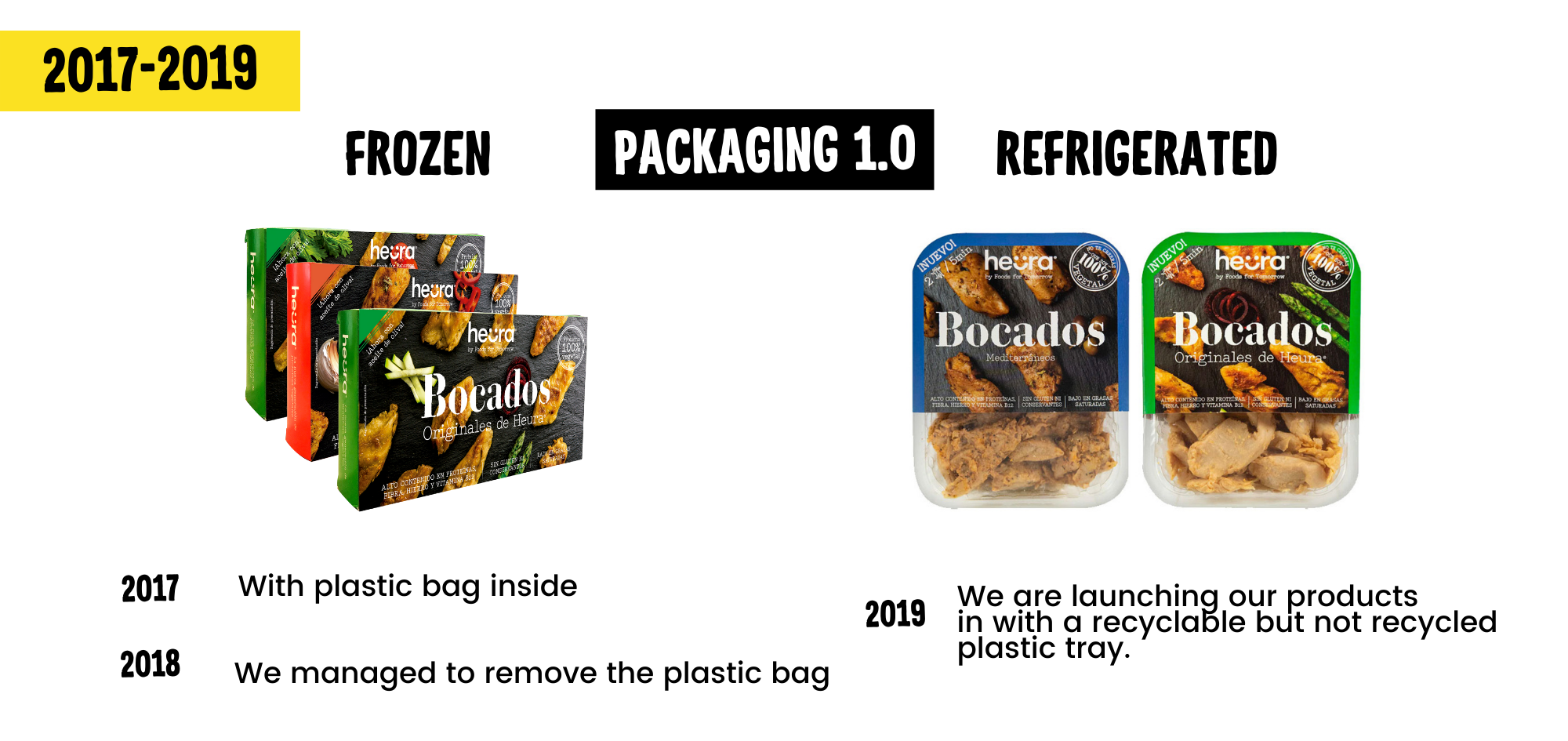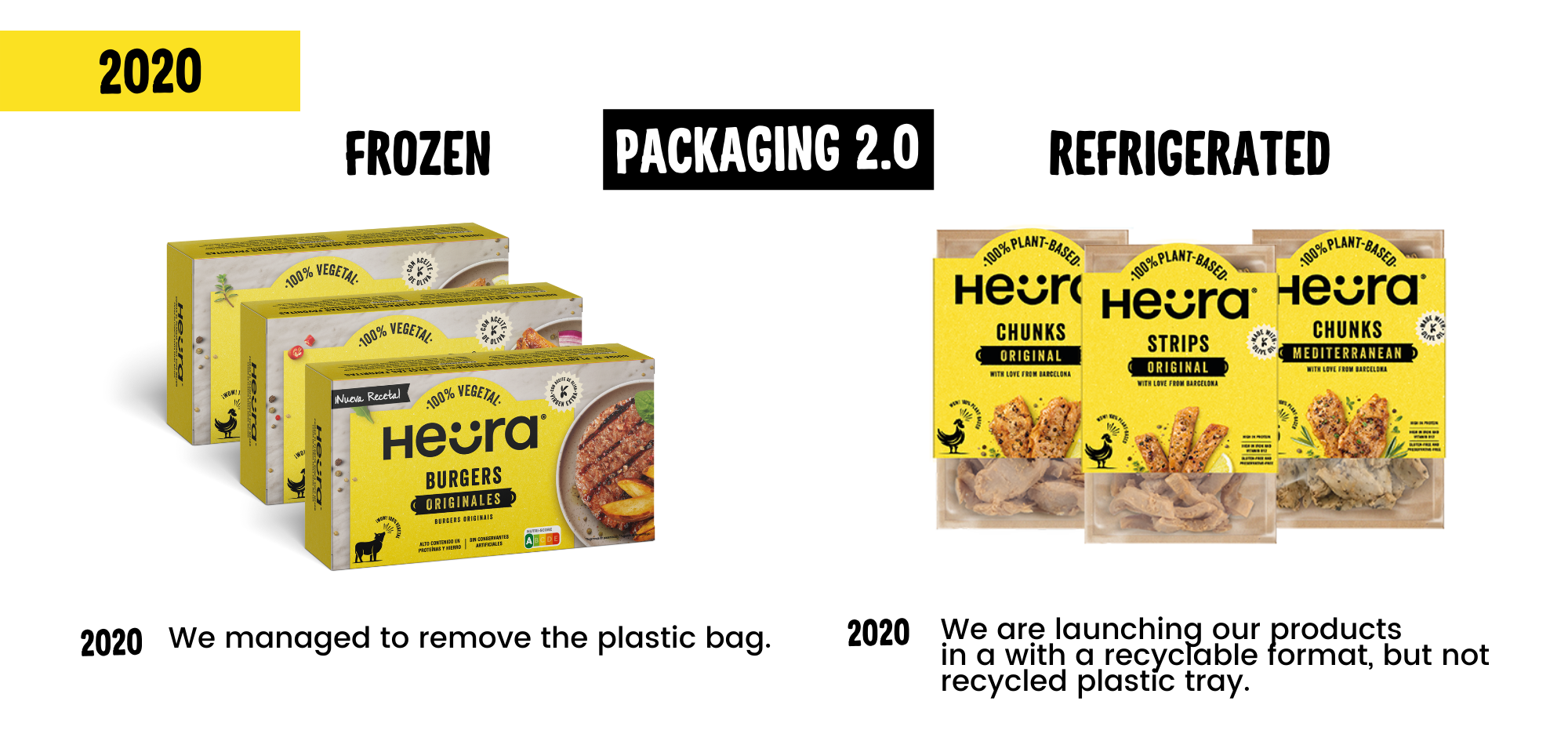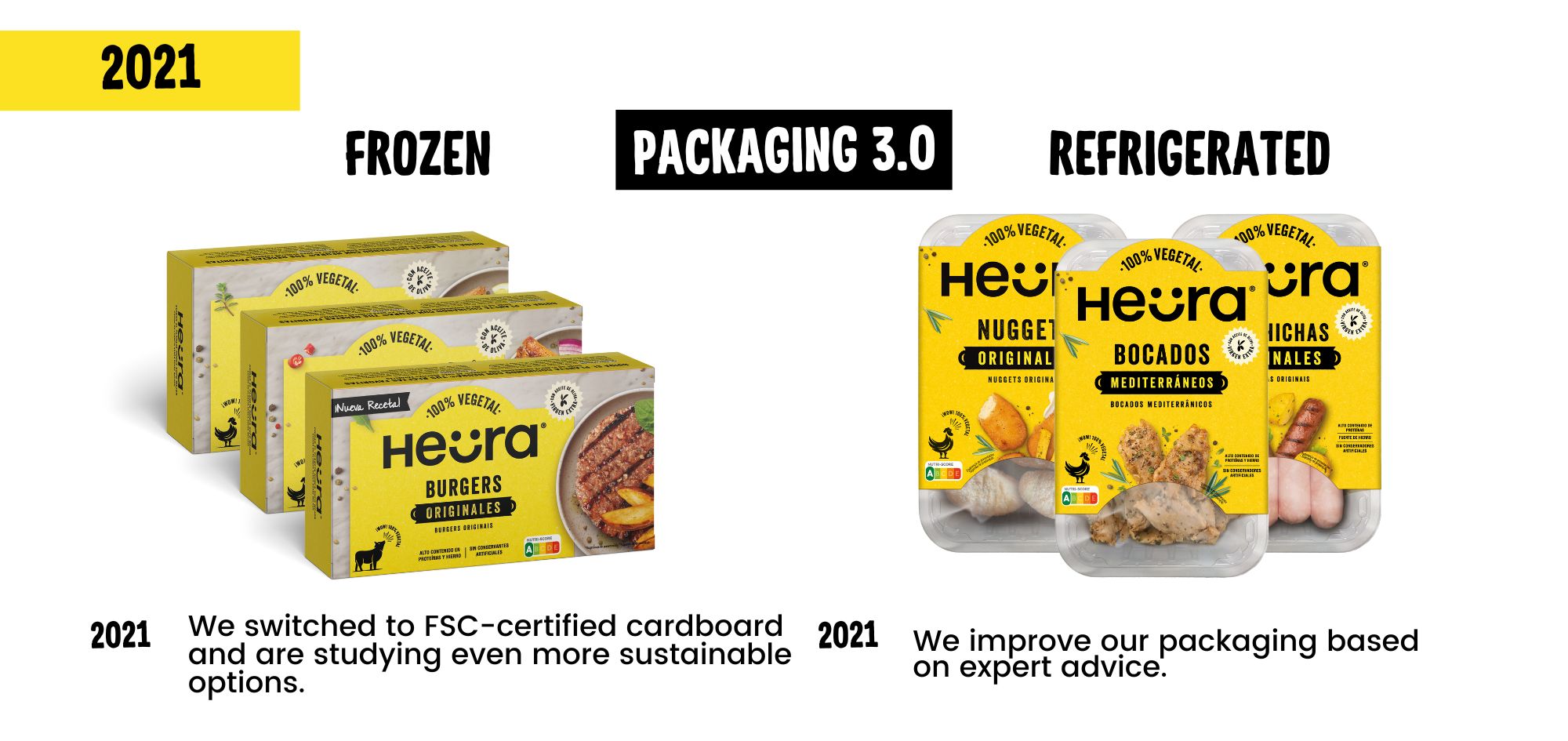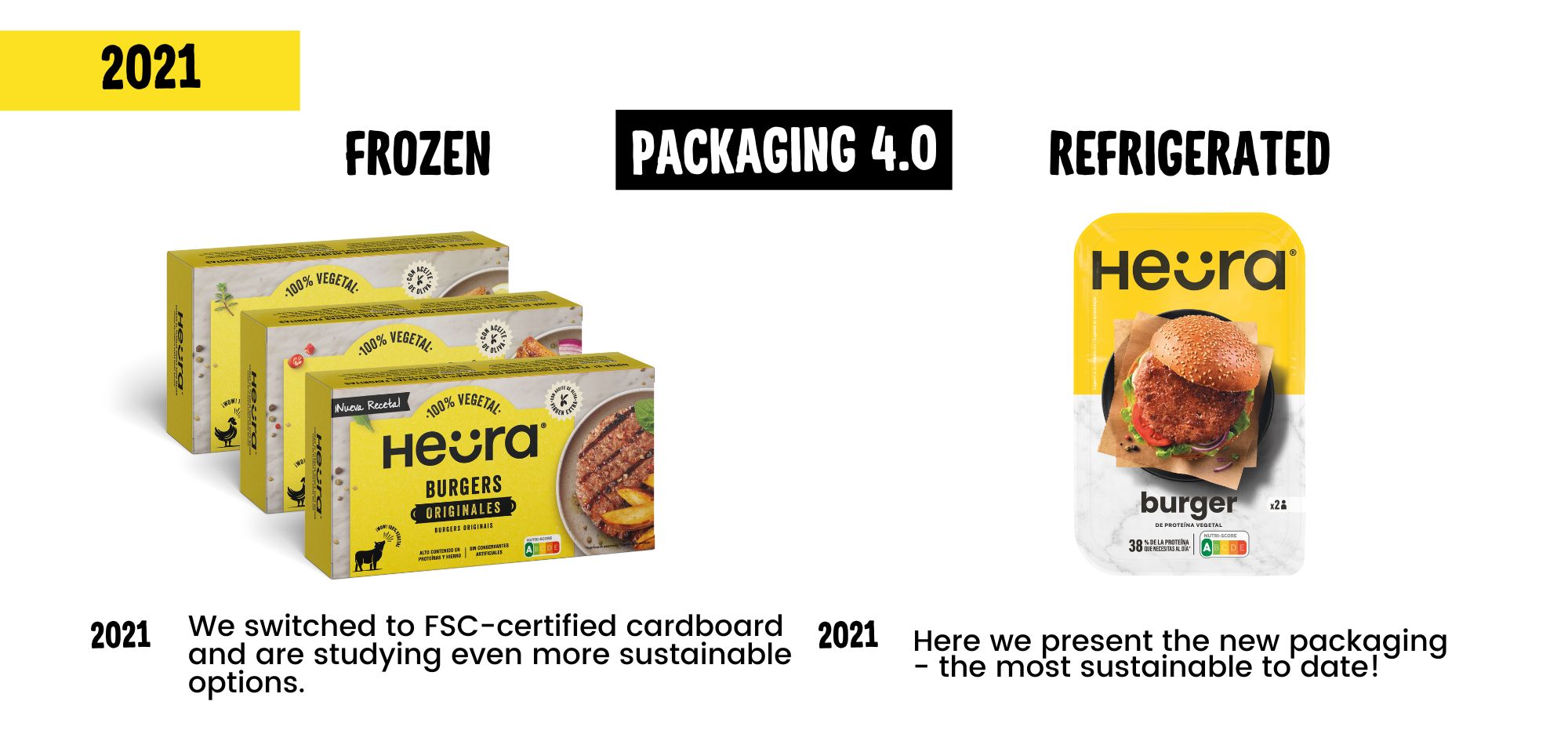The best we know of,
to date.
We work every day to remove animals from the food system in a healthy and delicious way, always trying to have the least impact on the planet.
And it is clear to us that continuous improvement is the only way to achieve this mission. Our packaging is an example of this.
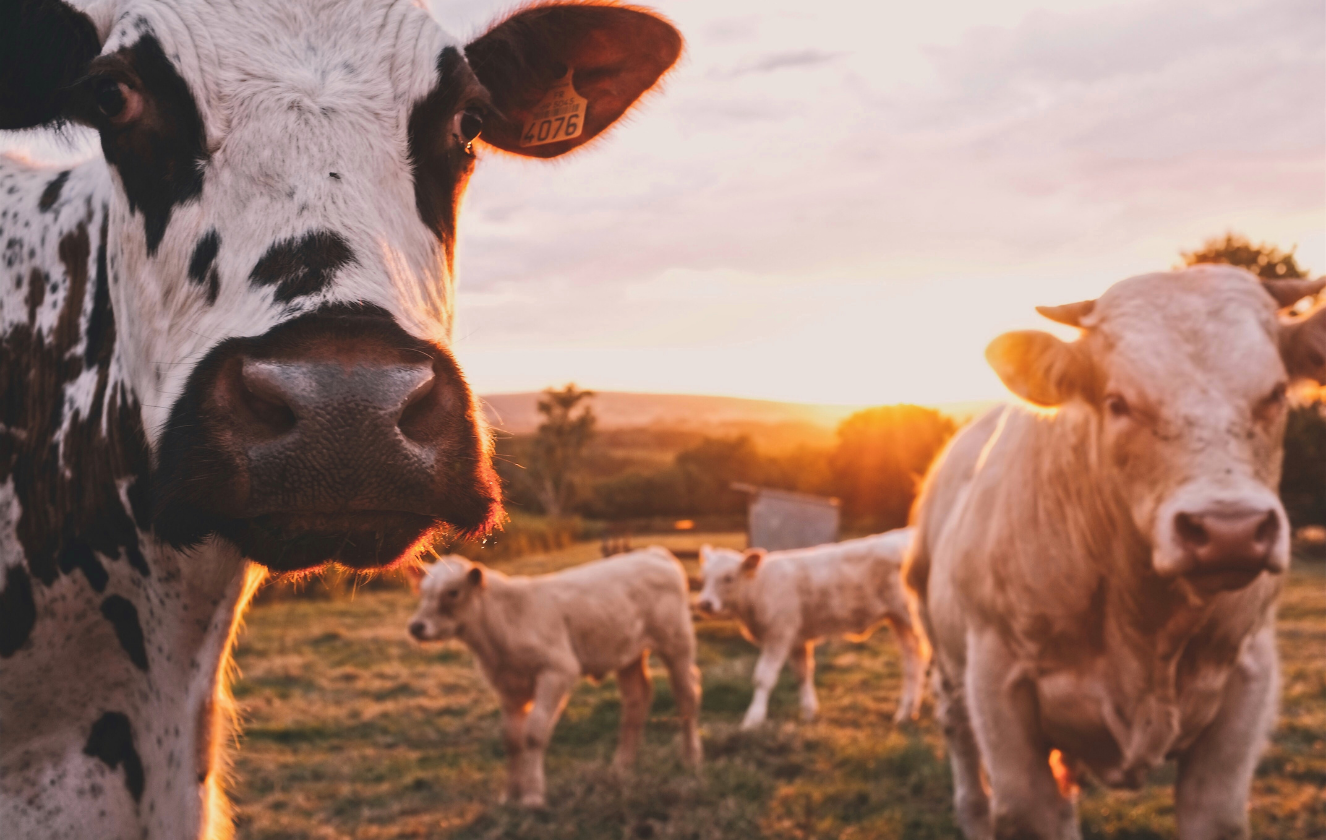
In 2019 we started to offer the product in fridge format, until then it was only frozen.
In 2020 we decided to go for cardboard packaging with a plastic seal for our fridge products. We believed this was a great improvement and contribution to our sustainable journey - but; the journey started to get complicated.
💪 The strength of the material became an issue.
♻️ Many difficulties in separation for recycling.
👩 Several experts contacted us to question the sustainability of our packaging.
A low blow, yes, but we took action. Here is the chronology of events👇
What we decided on with expert advice.
We sat down with several of them, listened very carefully and tried to get a good understanding of "why" what looked very sustainable to the eye was not so sustainable when we looked at the numbers.
To make decisions based on reliable and independent data we hired a strategic eco-innovation studio (the people who analyse the impact of processes) to compare our packaging with many other materials.
The data had a big impact on us 🤯 and left us with only one option - to work towards more sustainable packaging 🙌
Environmental impact
of the packaging 3.0
These are the results to date. In the future, we will continue measure the following parameters.





Today, our packaging uses recycled and recyclable R-PET for fridge products.
This is just one more stop on our journey, we will continue to improve our impact and constantly research to get to the next step on our sustainability journey.
We won't take the easy option, or the one that pleases most, but what really has the least impact on resources, animals and the planet - this is our mission, and the data should lead the way.
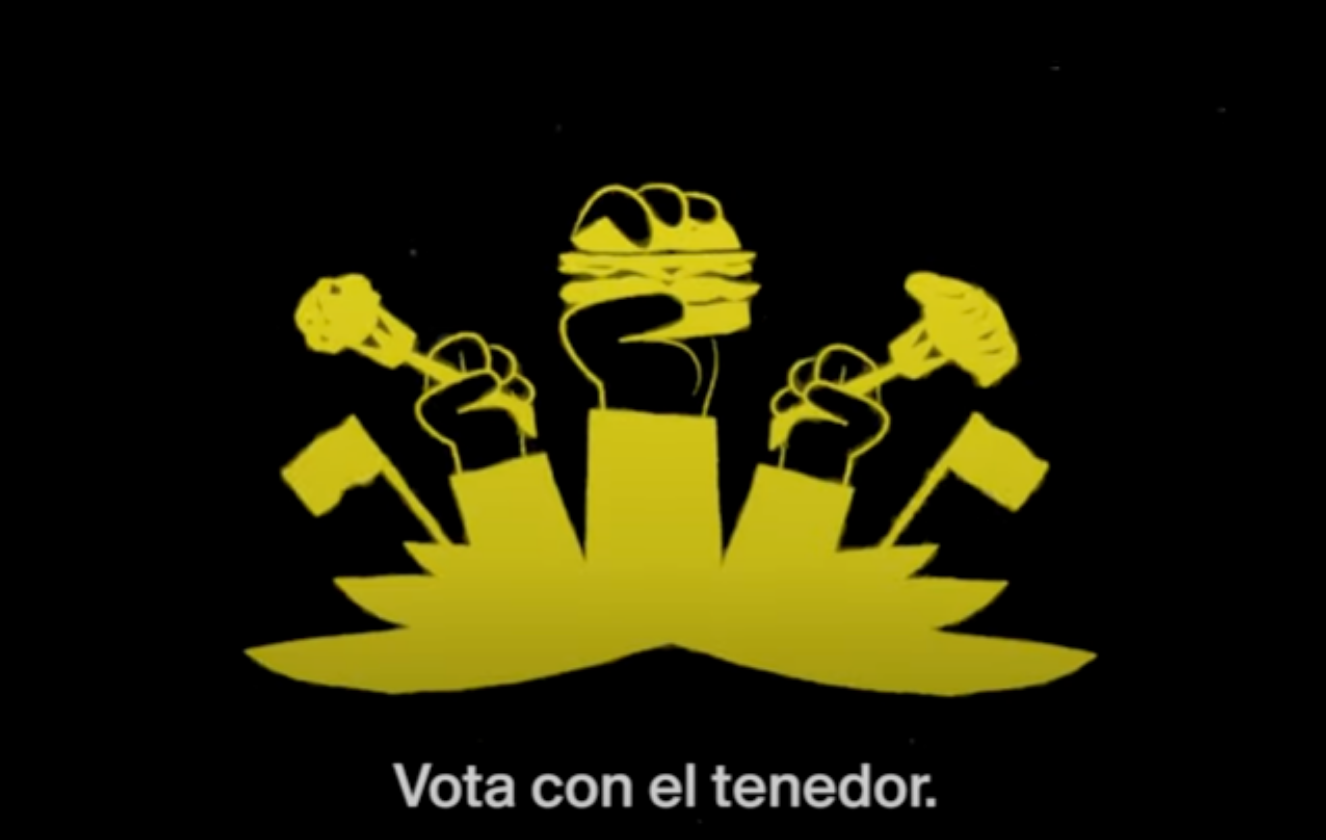
If you have proposals, ideas and suggestions or constructive criticism, this is your place. We would love to hear from you and push for change together.
